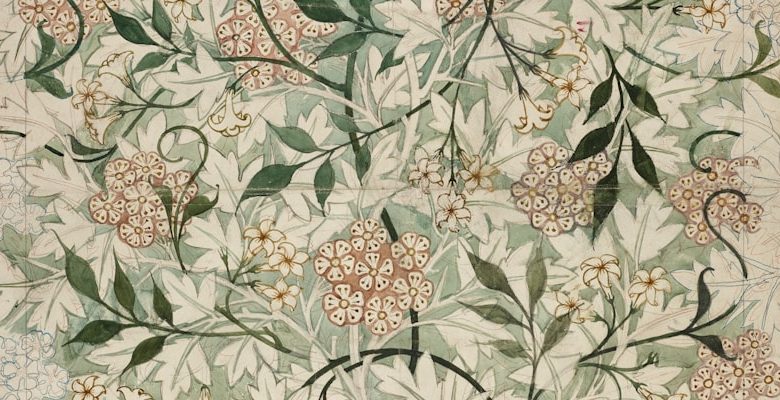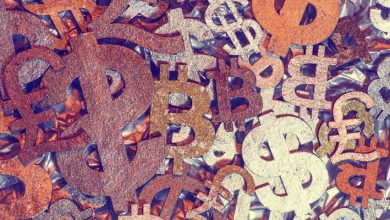Blockchain in the Art World: Enhancing Authenticity and Provenance

- Understanding Blockchain Technology and its Impact on the Art World
- The Role of Blockchain in Ensuring Authenticity of Artwork
- Improving Transparency and Trust in Art Transactions with Blockchain
- Exploring the Benefits of Using Blockchain for Art Provenance
- Challenges and Opportunities of Implementing Blockchain in the Art Industry
- Case Studies: How Blockchain is Revolutionizing the Art Market
Understanding Blockchain Technology and its Impact on the Art World
Blockchain technology is revolutionizing the art world by enhancing the authenticity and provenance of artworks. Blockchain, a decentralized and secure digital ledger, allows for the creation of unique digital certificates that cannot be replicated or tampered with. This technology provides a transparent and immutable record of an artwork’s history, from its creation to its current ownership.
One of the key benefits of blockchain technology in the art world is the ability to verify the authenticity of artworks. By storing provenance information on a blockchain, art collectors and buyers can ensure that the artwork they are purchasing is genuine. This helps to combat the issue of art forgery, which has long plagued the art market.
Furthermore, blockchain technology also facilitates the tracking of an artwork’s ownership history. Each time an artwork changes hands, a new record is added to the blockchain, creating a transparent and verifiable chain of ownership. This not only helps to prevent art theft and fraud but also provides a more complete picture of an artwork’s provenance.
In addition to enhancing authenticity and provenance, blockchain technology is also revolutionizing the way art is bought and sold. By using smart contracts, transactions can be automated and executed without the need for intermediaries. This reduces the risk of disputes and streamlines the process of buying and selling art.
Overall, blockchain technology is having a profound impact on the art world, providing a secure and transparent way to verify the authenticity and provenance of artworks. As the technology continues to evolve, it is likely to play an even greater role in shaping the future of the art market.
The Role of Blockchain in Ensuring Authenticity of Artwork
Blockchain technology plays a crucial role in ensuring the authenticity of artwork, providing a secure and transparent way to track the provenance of a piece throughout its lifetime. By utilizing blockchain, art collectors, galleries, and auction houses can verify the origin and ownership of a piece without relying on potentially unreliable paper records.
Through the use of digital signatures and cryptographic hashing, blockchain creates a unique fingerprint for each artwork, making it virtually impossible to counterfeit or tamper with. This level of security not only protects artists and buyers from fraud but also helps to preserve the value and integrity of the art market as a whole.
Furthermore, blockchain technology allows for the creation of smart contracts that automatically execute transactions once certain conditions are met, such as the transfer of ownership of a piece of art. This eliminates the need for intermediaries and reduces the risk of disputes or errors in the buying and selling process.
Improving Transparency and Trust in Art Transactions with Blockchain
One of the key benefits of utilizing blockchain technology in the art world is the improvement in transparency and trust in art transactions. By leveraging blockchain, art collectors, buyers, and sellers can have a secure and immutable record of every transaction that takes place.
Blockchain ensures that each piece of art is linked to a unique digital signature, providing a transparent and tamper-proof provenance. This helps in verifying the authenticity of artworks and prevents issues related to forgery or fraudulent activities.
Moreover, blockchain technology allows for the creation of smart contracts that automatically execute transactions once predefined conditions are met. This eliminates the need for intermediaries and reduces the risk of disputes or discrepancies in art transactions.
Overall, the integration of blockchain in the art world enhances the level of trust among all parties involved in art transactions, fostering a more secure and efficient art market ecosystem.
Exploring the Benefits of Using Blockchain for Art Provenance
Exploring the advantages of utilizing blockchain technology for art provenance can bring about a significant transformation in the art world. One of the key benefits is the enhanced security and transparency it offers. By utilizing blockchain, art transactions can be securely recorded and verified, reducing the risk of fraud and forgery.
Furthermore, blockchain can provide a decentralized and immutable ledger that allows for a clear and transparent record of an artwork’s ownership history. This can help in establishing the authenticity and provenance of a piece, giving collectors and buyers greater confidence in their purchases.
Another advantage of using blockchain for art provenance is the ability to streamline the authentication process. With all relevant information stored on a blockchain, stakeholders can easily access and verify the history of an artwork, reducing the time and effort involved in determining its authenticity.
Moreover, blockchain technology can facilitate greater traceability in the art market, enabling stakeholders to track the movement and ownership of artworks more effectively. This can help in combating issues such as art theft and illicit trading, ultimately creating a more secure and trustworthy art ecosystem.
Challenges and Opportunities of Implementing Blockchain in the Art Industry
Implementing blockchain technology in the art industry presents both challenges and opportunities. One of the main challenges is the initial cost of setting up the blockchain infrastructure and educating stakeholders on how to use it effectively. Additionally, there may be resistance from traditional players in the art world who are wary of embracing new technologies.
However, the opportunities that blockchain offers in the art industry are vast. Blockchain can provide a secure and transparent way to track the provenance and authenticity of artworks, which is crucial in combating art fraud and forgery. It also allows for more efficient transactions, eliminating the need for intermediaries and reducing the risk of disputes.
Furthermore, blockchain can revolutionize the way art is bought and sold, making it more accessible to a wider audience and potentially increasing market liquidity. By creating a decentralized system for art transactions, blockchain has the potential to democratize the art market and empower artists and collectors alike.
Case Studies: How Blockchain is Revolutionizing the Art Market
Blockchain technology has been making significant strides in revolutionizing the art market by enhancing authenticity and provenance. Several case studies demonstrate how blockchain is transforming the way art is bought, sold, and verified.
One such case study is the partnership between Christie’s, the renowned auction house, and Artory, a blockchain registry for art. Together, they conducted a pilot project where the sales of artworks were recorded on the blockchain. This initiative aimed to provide buyers with a secure and transparent way to verify the authenticity and ownership history of the artworks they purchased.
Another notable example is Maecenas, a blockchain platform that allows investors to buy shares of famous artworks. By leveraging blockchain technology, Maecenas ensures that the ownership of these shares is securely recorded and easily transferable. This innovation opens up new opportunities for art lovers to invest in high-value pieces that were previously out of reach.



